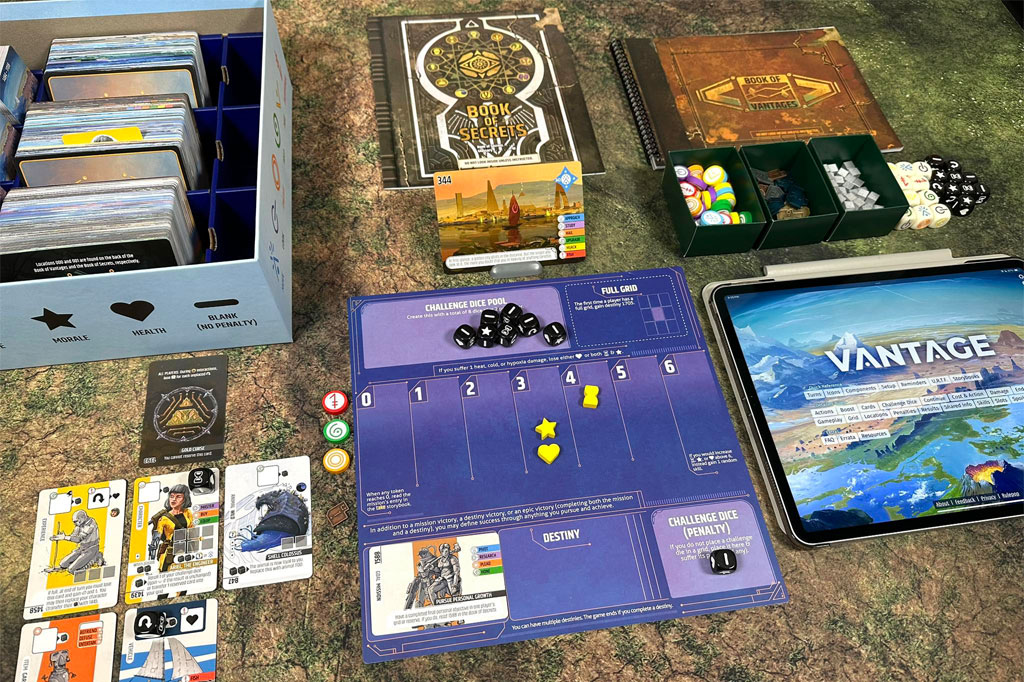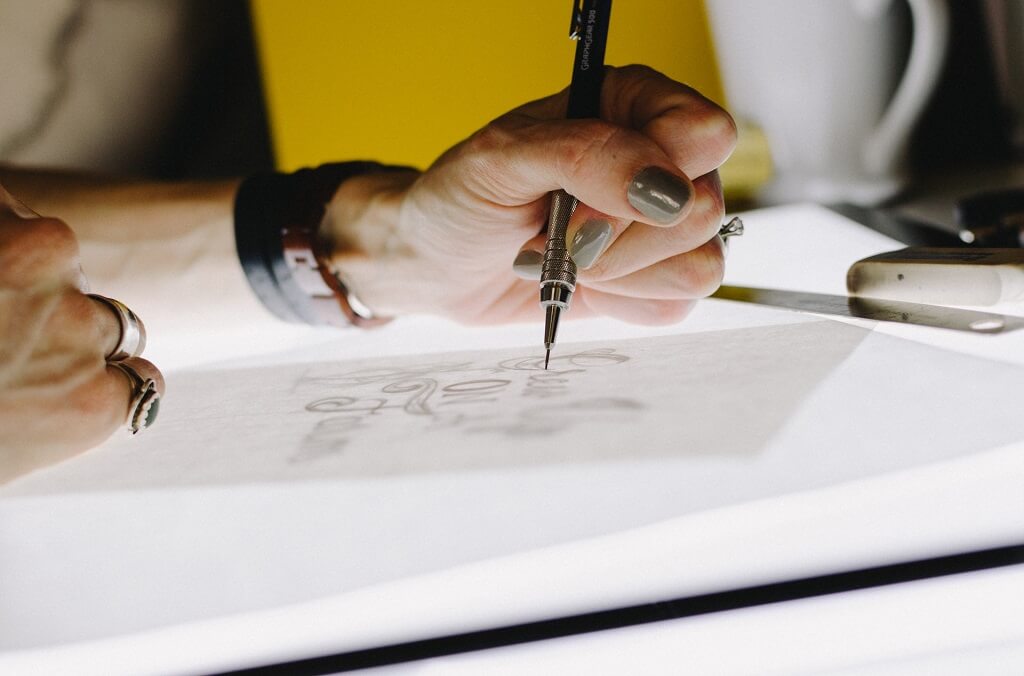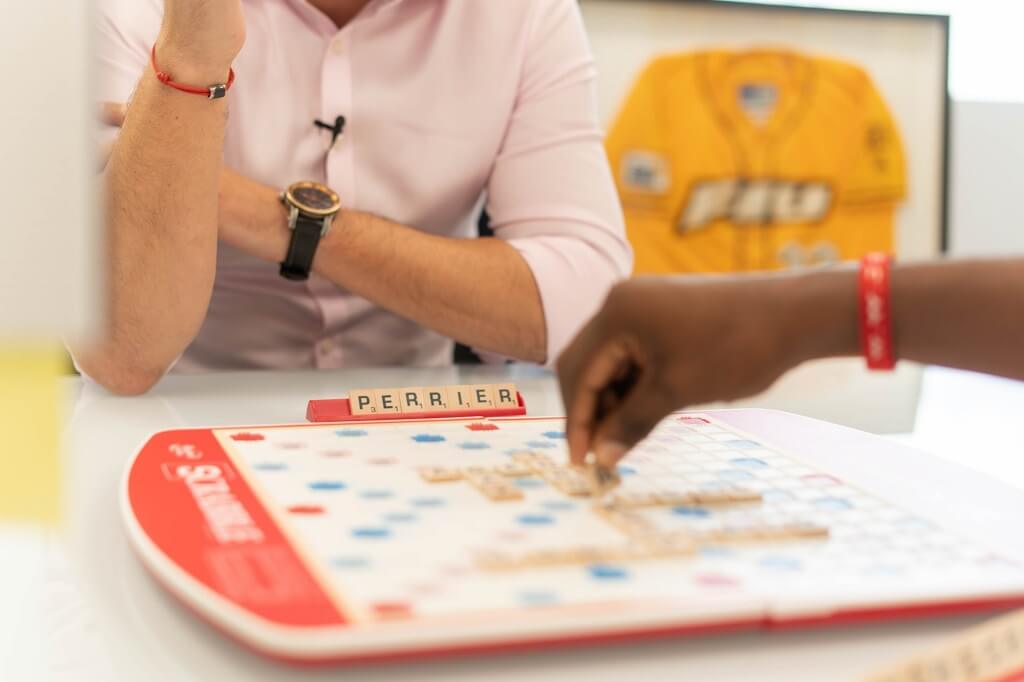A well-designed board game is not only about gameplay mechanics—it is about presentation, clarity, usability, and the tangible experience that each component provides.
Below is an in-depth look at what a modern board game should include, why each component matters, and how it enhances the overall experience.
Table of Contents
1. Game Box
The game box is often the first element players encounter, making it a crucial marketing and usability component. Modern board game boxes serve more than just packaging purposes—they represent the game’s identity and provide long-term protection for its contents.
Key Functions of a Game Box
- Branding and visual appeal: Vibrant artwork and theme-relevant design attract attention on store shelves and online product listings.
- Information display: Most boxes include player count, game length, age recommendations, and a short game overview.
- Durable storage: Thick cardboard, magnetic closures, or premium inserts help protect components during transport and storage.
- Organization: Many modern games include custom plastic trays, cardboard inserts, or foam compartments to keep pieces from mixing.
A high-quality game box signals craftsmanship. It sets expectations for the content inside, helps players keep components organized, and significantly enhances shelf presence—all key factors for collectors and retailers.
2. Game Board or Play Mat
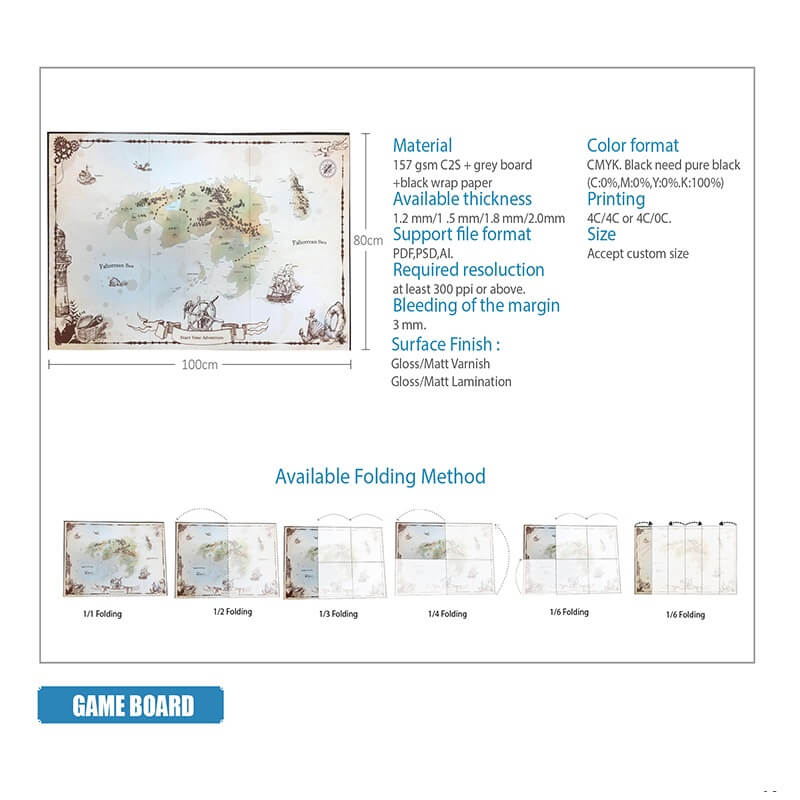
Almost every modern board game includes either a rigid folding game board or a flexible play mat that serves as the main structure for gameplay interactions.
Types of Boards and Play Mats
- Traditional folding boards: Usually made from thick cardboard, commonly used for path-based or area-control games.
- Modular boards: Multiple tiles that players assemble, often used for dungeon crawlers or games with variable setups.
- Neoprene play mats: Smooth, durable mats favored for card-based games or games requiring frequent piece movement.
Functions and Benefits
- Defines the play area: The board helps visually organize the game and guides players on setup.
- Improves usability: Clearly marked spaces, tracks, grids, or zones help reduce confusion.
- Enhances thematic immersion: Artistic layouts and detailed maps draw players deeper into the game world.
- Supports replayability: Modular boards allow for variable gameplay each session.
The board is the “stage” where all action unfolds. A thoughtfully designed game board improves clarity, minimizes rule errors, and visually elevates the gaming experience.
3. Rulebook
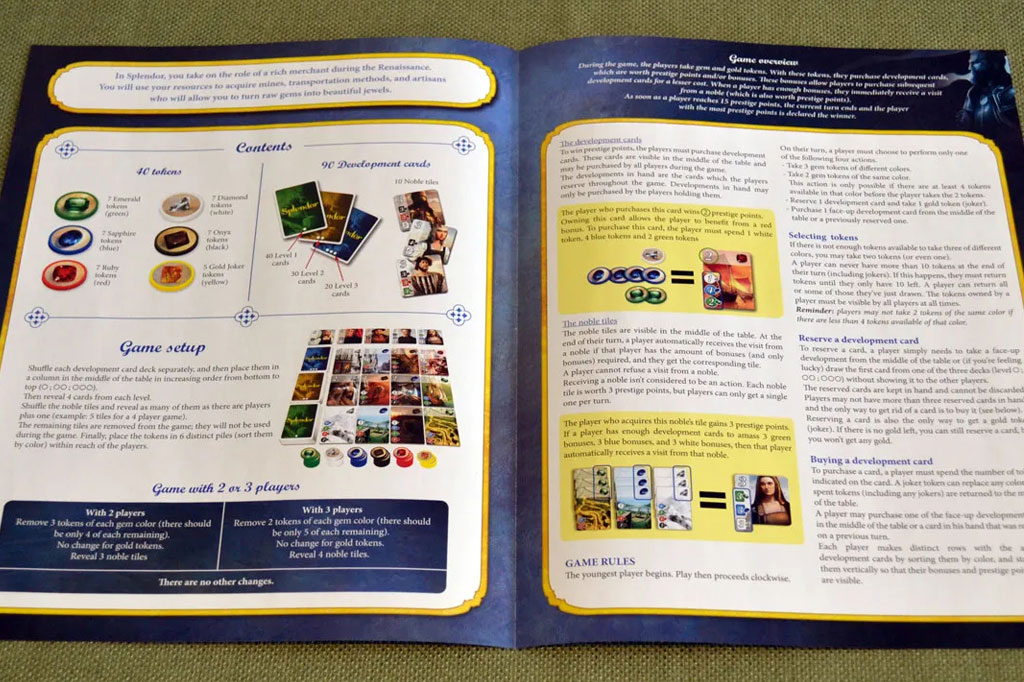
No matter how beautiful or innovative a game is, it cannot succeed if players do not understand how to play. This makes the rulebook one of the most critical components in a modern board game.
Key Elements of an Effective Rulebook
- Clear structure: Organized sections like setup, turn order, scoring, and glossary.
- Visual examples: Illustrations, diagrams, and icon explanations help clarify rules.
- Step-by-step guides: Helps new players learn the game quickly.
- FAQ section: Addresses common confusion points.
- Quick-start guides: Increasingly common in modern games—short summaries allow players to start fast without reading the full manual.
A well-written rulebook reduces frustration and prevents players from misinterpreting mechanics. Modern gamers value clarity and accessibility, and the rulebook is often tested just as thoroughly as the game mechanics themselves.
4. Game Cards
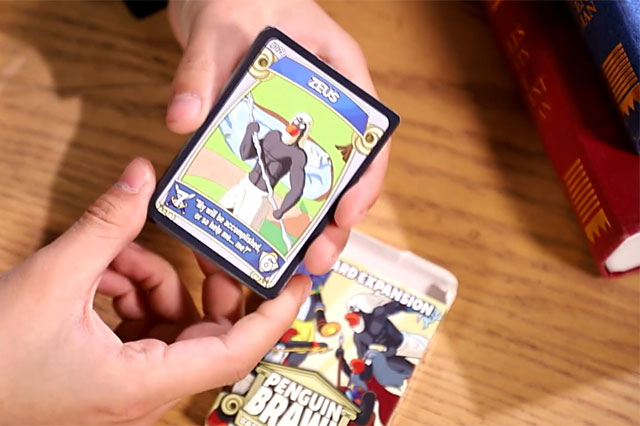
Game cards are now present in almost every tabletop game, regardless of genre. They are a versatile, cost-effective way to add variety, depth, and storytelling.
Common Types of Game Cards
- Character cards: Represent player roles or abilities.
- Item cards: Provide tools, bonuses, or upgrades.
- Event cards: Trigger narrative moments or random challenges.
- Action cards: Guide player choices each turn.
- Resource cards: Used for trading, building, or managing supplies.
Advantages of Using Cards
- High replay value: Shuffling creates randomness; expansions can easily be added.
- Compact and organized: Easy to store, sort, and integrate.
- Flexible design: Cards can carry art, text, icons, and stats all in one format.
- Enhanced storytelling: Perfect for narrative-driven games or deck-building mechanics.
Modern players expect elegant systems, variability, and thematic depth—and cards deliver all three. They are one of the central pillars of modern board game design.
5. Chips, Tokens, and Play Money
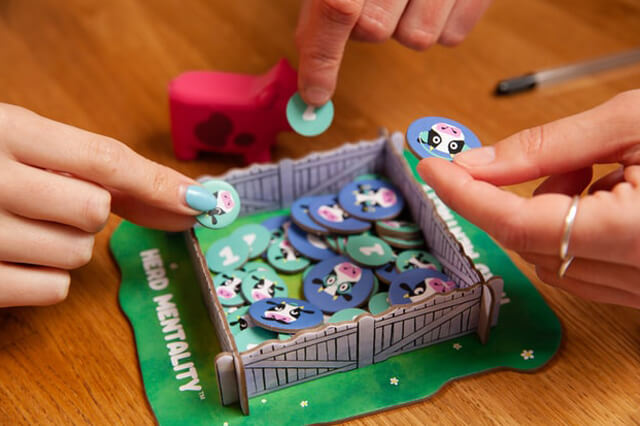
Tokens, chips, cardboard counters, and play money form the backbone of resource management in board games. From marking victory points to representing currency or units, these components are essential for usability.
Types of Tokens
- Cardboard tokens: Cost-effective and highly customizable in shape and print.
- Plastic or acrylic chips: Durable, premium options for play money or victory markers.
- Metal coins: Used in deluxe editions for a premium feel.
- Wooden cubes or discs: Common in Eurogames for resource tracking.
Common Uses of Tokens
- Health, energy, or points tracking
- Resource management (wood, food, gold, etc.)
- Player markers or turn indicators
- Game status markers (activated, exhausted, completed)
Tokens help streamline gameplay by visually representing information. High-quality tokens improve tactile satisfaction, a factor that modern players greatly value.
6. Miniatures, Meeples, and Figurines
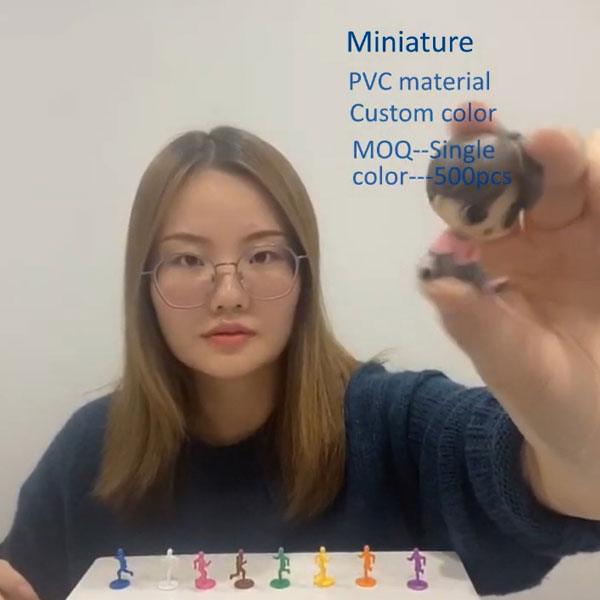
Modern board games increasingly include miniatures, meeples, or custom figurines, especially in adventure, strategy, and dungeon-crawling genres.
Miniatures
Highly detailed plastic models often included in thematic and narrative games. They represent heroes, monsters, vehicles, or units on the board.
Meeples
Simple wooden figures used in Euro-style games, representing workers, characters, or units.
Standees
Cardboard alternatives to miniatures—lightweight and cost-effective.
Why These Components Are Valuable
- Improved immersion: Players feel more connected to the game world.
- Tactile satisfaction: Miniatures are enjoyable to hold and move.
- Visual clarity: Helps players quickly identify units or characters.
- Collector appeal: Many players value miniatures as display items.
- Customization: Some board game fans enjoy painting miniatures.
Miniatures and meeples elevate the table presence of a game. They provide personality and charm, making the gameplay more engaging and memorable.
7. Dice, Spinners, and Randomizers

Randomization tools such as dice, spinners, card draws, and custom randomizers are essential for unpredictability and excitement.
Types of Randomizers
- Standard six-sided dice (D6)
- Polyhedral dice sets (D4, D8, D10, D12, D20)
- Custom dice: Featuring icons instead of numbers.
- Spinners: Often used in family games.
- Randomizer tiles or tokens: Drawn from a bag for unpredictability.
Benefits of Randomizers
- Adds tension and excitement: Keeps gameplay dynamic and engaging.
- Supports probability-based mechanics: Combat, skill checks, loot drops.
- Balancing function: Randomness keeps experienced players from dominating every game.
- Supports replayability: Outcomes change each round.
Modern board gamers enjoy experiences where strategy meets unpredictability. Randomizers ensure each session feels fresh and exciting.
Conclusion
A modern board game is much more than its mechanics—it is a well-crafted physical experience. From the moment players open the box to the final scoring round, every component influences how they feel about the game.
To summarize, a modern board game should include:
- A sturdy, appealing game box
- A well-designed game board or play mat
- A clear, visually supported rulebook
- Versatile, thematic game cards
- Functional tokens, chips, or play money
- Miniatures, meeples, or figurines for immersion
- Randomizers like dice or spinners

